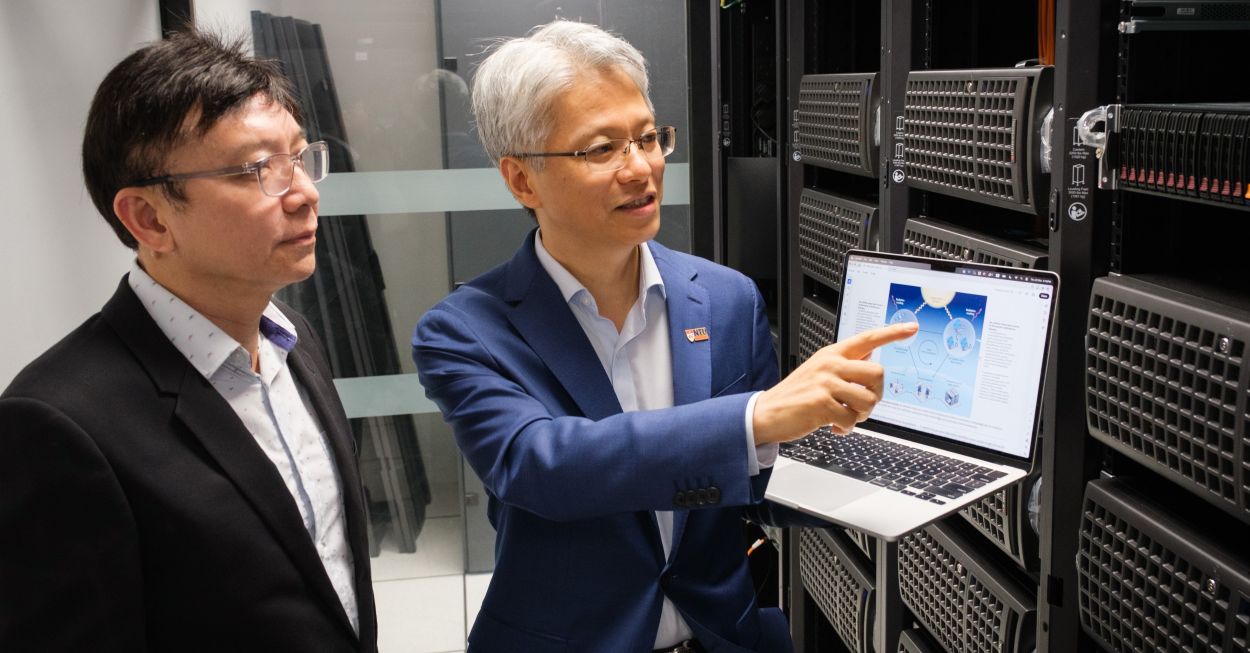Scientists from Nanyang Technological University (NTU) in Singapore have proposed a visionary solution to the growing energy demands of data centres: moving them into orbit. This approach could provide a sustainable, carbon-neutral path for global computing needs by leveraging the unique environment of space.
According to a new study published in Nature Electronics, satellites equipped with advanced processors could process data directly in orbit. This method would significantly reduce the planet’s energy expenditure and carbon emissions associated with traditional, land-based data centres.
The concept addresses a critical challenge, particularly for nations like Singapore, where data centres currently consume about 7% of the national electricity supply. By utilising solar energy and the deep-space radiative cooling environment of -270°C, orbital data centres could achieve net-zero emissions.
Professor Wen Yonggang, the lead researcher, stated that space provides “a sustainable environment for computing.” The team’s models indicate that the emissions from launching these systems could be offset within just a few years of operation.
#GreenComputing reaches new heights: #NTUsg researchers are shooting for the stars with a bold idea: carbon-neutral data centres in space, powered by endless solar energy and cooled by the vacuum of space. Published in Nature Electronics, the study is led by Prof Wen Yonggang,… pic.twitter.com/jSC42iHgbf
— NTU Singapore (@NTUsg) October 27, 2025The NTU research outlines two primary architectures for this futuristic infrastructure:
- Orbit Edge Data Centers: Individual satellites that process data immediately after collection.
- Orbital Cloud Data Centers: Constellations of satellites working together to perform massive computational tasks.
This system is designed for high energy efficiency, unlimited scalability without geographical constraints, and reduced data transmission needs.
Professor Louis Phee, NTU Vice President for Innovation and Entrepreneurship, emphasized that the project blends sustainability with cutting-edge innovation. The approach could open new frontiers in the space economy while reinforcing leadership in green technology.






